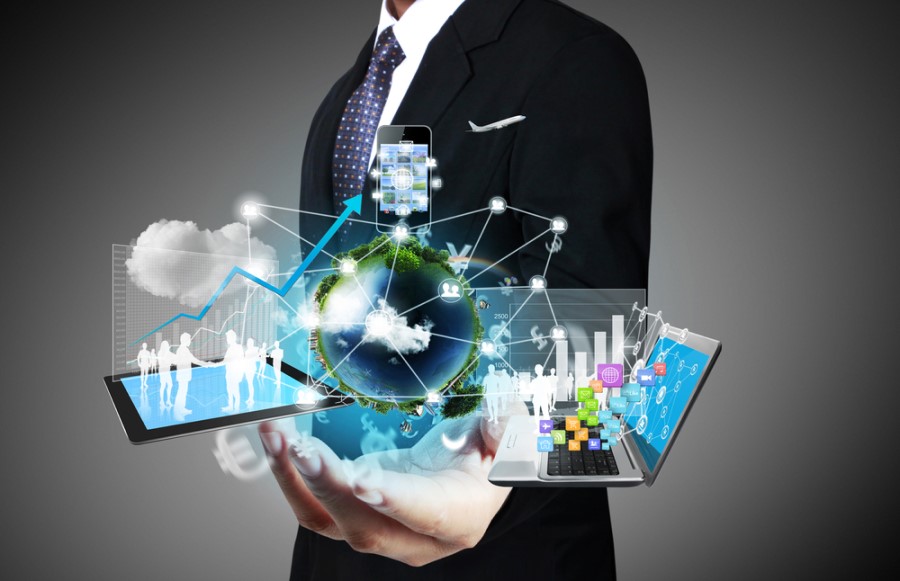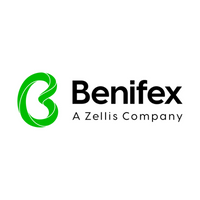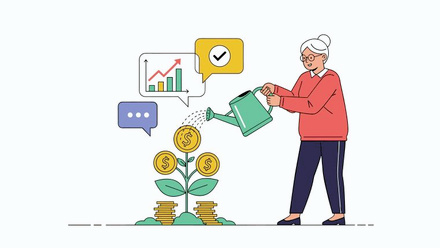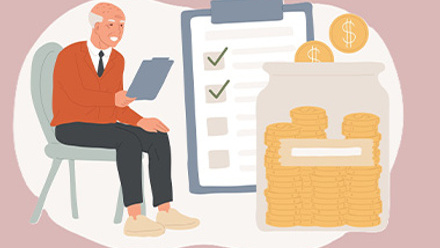What will the reward and benefits platform of 2025 look like?

When I think of what the future may look like for employee benefits, there is an inevitable amount of guesswork involved, but I try to use the data available to steer our assumptions: What is the data telling us about where we are now? What’s starting to happen in the market? Where do we think that’s going to go? We must consider the constants in the workplace, and the ever-growing impact of technology.
In terms of what’s taking shape in the world of reward and benefits…
The constants in the workplace
People are ever-more demanding; we’re consumers, we want value, we want to understand our choices. But, despite the evolution that benefits are going through, the constants at work remain the same:
- People want to be treated like adults. They want to be given information and make their own decisions – they want to be in control.
- We need to be online. Unless you’re online, you cannot grow and progress; you can’t deliver to scale; and you definitely deliver the personalisation that people want.
- Everyone is a consumer. Online retailers have completely overhauled our expectations of the way we consume things. Our expectations of technology have evolved too; how many of us needed training to use Facebook or Amazon? We didn’t! It was inherently easy to use, and that’s not going away.
How we experience technology
Zero User Interface. Most of us lean on technology every single day to work, socialise and carry out every day errands, and that’s not going to change. However, a lot of our current interactions require us to go to a screen. Now, we’re starting to see more experiences that don’t have a user interface – they just have you talking to or texting a particular tool that guides your journey with it. It’s inevitable that this will start to shift how we interact with our benefits.
Text and chat. 18 billion SMS messages are sent in the US every day; that’s 32 per person. We also send 55 billion WhatsApp messages each day. The world is very comfortable living within the ‘texting’ space. So, we’re seeing chat, text and bots becoming big business; conversational user interfaces are becoming the norm with every major tech company investing in the AI that sits behind them. Employee benefits aren’t that different.
Immersive experiences
Virtual Reality and Augmented Reality are two massively popular technologies, and a lot of companies are thinking about which way they should go. When you think about immersive experiences, there’s inherently an accessibility point: to get involved in an AR experience, you just need your phone. To get involved in a VR experience, you need a headset, which has challenges with battery, you also have challenges with motion sickness and things like that too.
So how are these applicable to the employee benefits world? VR can be used for conferences, training, team meetings etc. While a lot of VR systems currently show users as an avatar, they’ll evolve very quickly to feel more natural. So why isn’t that the same with benefits? Why can’t we work through a virtual shop and pick things? Why can’t I talk to a virtual benefits advisor? Why can’t I speak to an automated bot that’s happy to answer questions? Can I get medical treatments and assessments via VR?
Although there will be some cases of VR being exponentially better, I think AR will be a bigger market because of its accessibility. If you start to think about the practical applications of what AR can do – like tell you what’s in the food on your plate; take you to where you need to go; even help you find a particular item in a store – you can start to see how this kind of technology can translate into the world of employee benefits.
Personalisation and relevance will improve
When it comes to your content, personalisation should breed relevance. Amazon does this incredibly well – and at scale. You don’t need a lesson on understanding Amazon; you know where everything is – they’ve removed as many of the friction points as they possibly can. But the thing they do phenomenally well is personalisation; they recommend complementary products; they know your behaviour; they store multiple addresses for you.
In the benefits market, it’s on us to make sure we start to pay attention to this trend, as we can do a better job of this right now. Personalisation at scale can only really be done with technology: although you can create a great, personal experience to an individual, you need to make sure your technology is robust enough to accommodate this level of tailoring business-wide, whatever your growth plans are.
Improve advocacy through clarity
If we want to improve our employees’ perception of us, we’ve got to get better at taking what is a very complex topic, and make it understandable. Conversations with employees are normally just about ‘benefits’. Employers often fall into a trap of communicating in a really technical way, which ultimately disengages people. Employees don’t always have the time or inclination to deconstruct the detail of the content that we put in front of them. There’s a desire and drive to simplify content, make it quick to search and easy to navigate. Think about the natural way you go through discovery; some people want to chat to get answers, some people want a quick link, some people want to search and discover more broadly. The platforms we communicate through need to cater to all of these preferences if we are to keep our employees engaged in our content.
To summarise
- Benefit choices and flexibility will expand exponentially.
- Experience will become the number one focus.
- Technology is here to stay; embrace it.
- Personalise everything – content, benefits and support.
- Alternative experiences. Zero UI, AI, VR, AR and bots.
Across everything, we’ve looked at all aspects of employee reward and benefits. The key thing to take away is that all employees – regardless of age, background, gender or any other differentiator – are looking for a personalised, technology-led employee benefits experience.
The author is Matt Macri-Waller, Founder & CEO, Benefex
This article is provided by Benefex
Supplied by REBA Associate Member, Benifex
The home of award-winning employee benefits, reward, recognition, & communications.







